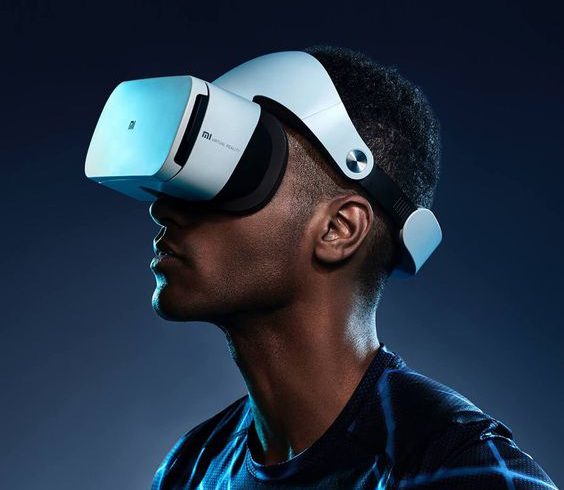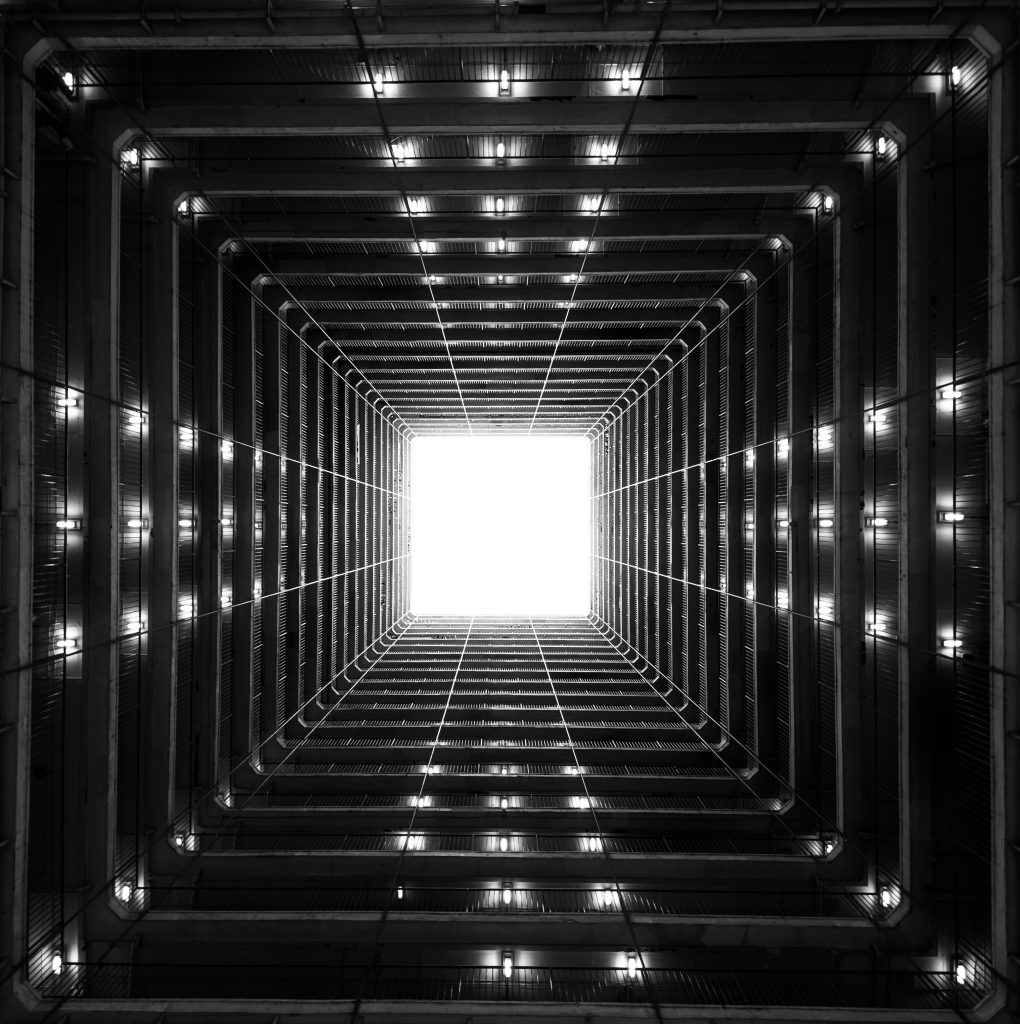VR & AR
Until a few decades ago, virtual reality seemed more like a dream. VR and AR in bim is a simulated world (using a computer) that is believable because it uses special tools to allow humans to enter and interact with it. We use VR in bim. This technology makes the dream of a different world experience possible without leaving the natural environment. Virtual Reality users experience and experience a world that does not exist around them!
Due to the exceptional capabilities of this technology, it is used in various fields, especially educational fields, whose real-world experience can be costly or risky. Different driving and flight simulators allow novice drivers and pilots to practice without risk. Similarly, this technology helps students gain the necessary experience without risk in fields such as medicine and surgery. In this article, while introducing virtual reality and explaining its various elements, we present the applications of this technology in collaboration with mapivr.

If we want to define this concept very simply, virtual reality means experiencing things through a computer that has no external reality. By this definition, the very idea of technology is not new. For example, when we look at traditional tiles in one of the historic mosques, we somehow become immersed in their narrative and experience images with no external reality. Similarly, when we listen to local or classical music and close our eyes, we experience and feel images that do not exist. So can these experiences also be considered types of VR? In this case, not much of this new technology will catch us.

Virtual reality(VR in bim) is a believable interactive 3D world you can somehow experience and explore as if you are (both mentally and physically) immersed in it. It can help you simulate different spaces and use this technology as a valuable tool in business development.

Based on this definition, we can identify the elements and features that distinguish this technology from the arts. Some of the most critical components of VIA include the following:
Credibility:
It is necessary for the user to feel that he is in the virtual world and to maintain this belief; otherwise, the illusion of the virtual world will be shattered.
Interactivity:
It is necessary that when the user moves in this world, this world also moves. That’s why you might watch a 3D movie that takes you to the moon or the ocean floor, but it has nothing to do with being interactive!
Being computerized:
Only advanced machines with computer graphics capabilities are fast enough to create believable and interactive worlds that change in real-time as we move through them.
Exploitability:
Various worlds must be extensive and detailed enough for you to explore. As realistic as a painting is, it still shows only one scene from one point of view, but virtual reality covers this blind spot.
Floating:
For virtual reality to be believable and interactive, it needs to engage both your body and mind. You might play a flight simulation game on your computer and get lost in it for hours, and the scenery will change as you move, but this is still not an accurate flight simulation. Real flight simulation is performed using a chair and an environment where you feel different forces on your body and float. This feature is another key feature of VR.
What is the difference between augmented reality and virtual reality?
Virtual Reality and Augmented Reality are two sides of the same coin. Augmented reality simulates artificial objects in the natural environment, But virtual reality creates an artificial environment.
In augmented reality, computers use sensors and algorithms to determine the position and direction of the camera. AR technology then delivers 3D graphics as seen by the camera, making computer-generated images look like the real world to the user.
